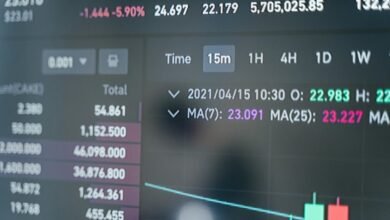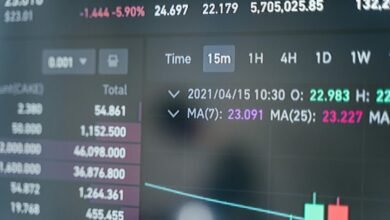Who Called: Investigating Who Called Me in Norway

In Norway, the rise of unknown calls has prompted a critical examination of caller identification methods. Individuals face challenges distinguishing legitimate contacts from potential scams. Various techniques, including reverse phone lookups and call screening technologies, are employed to mitigate risks. Understanding these tools is essential for effective communication management. As the landscape of unsolicited calls evolves, the question remains: how can one best navigate this complex environment while safeguarding personal privacy?
Understanding Unknown Calls in Norway
How does one navigate the complexities of unknown calls in Norway?
Adhering to call etiquette is essential; individuals should remain cautious and aware of potential phone scams.
Understanding the nature of these calls—whether legitimate inquiries or deceptive schemes—empowers recipients.
Methods for Identifying Unknown Numbers
While navigating the landscape of unknown calls, individuals can employ various methods to identify the numbers contacting them.
Caller identification techniques, such as reverse phone lookup, provide essential insights into the caller’s identity.
Additionally, number lookup services allow users to access databases containing information on registered phone numbers, facilitating informed decisions about whether to engage with the unknown caller.
Using Online Resources and Apps
In an age where technology permeates daily life, individuals seeking to identify unknown callers can effectively utilize various online resources and mobile applications.
Reverse lookup services provide essential caller identification features, allowing users to input a phone number and retrieve associated details.
Additionally, specialized apps enhance this experience by offering real-time identification and user-generated feedback, empowering individuals to make informed decisions regarding incoming calls.
Protecting Your Privacy From Unwanted Calls
As individuals become increasingly aware of the risks associated with unwanted calls, implementing effective privacy protection measures becomes essential.
Employing call screening technology allows users to filter unknown numbers, while adjusting privacy settings can restrict personal information visibility.
These strategies empower individuals to maintain control over their communications, ensuring that their freedom remains intact amidst an environment inundated with unsolicited contact.
Conclusion
In Norway, navigating the landscape of unknown calls requires vigilance and resourcefulness. By employing caller identification techniques, utilizing online resources, and leveraging call screening technologies, individuals can safeguard their privacy while discerning the nature of incoming communications. This proactive approach enables Norwegians to distinguish between legitimate inquiries and potential scams, empowering them to manage unsolicited calls effectively. Ultimately, understanding who called, who to trust, and who to avoid fosters a more secure and informed communication environment.





